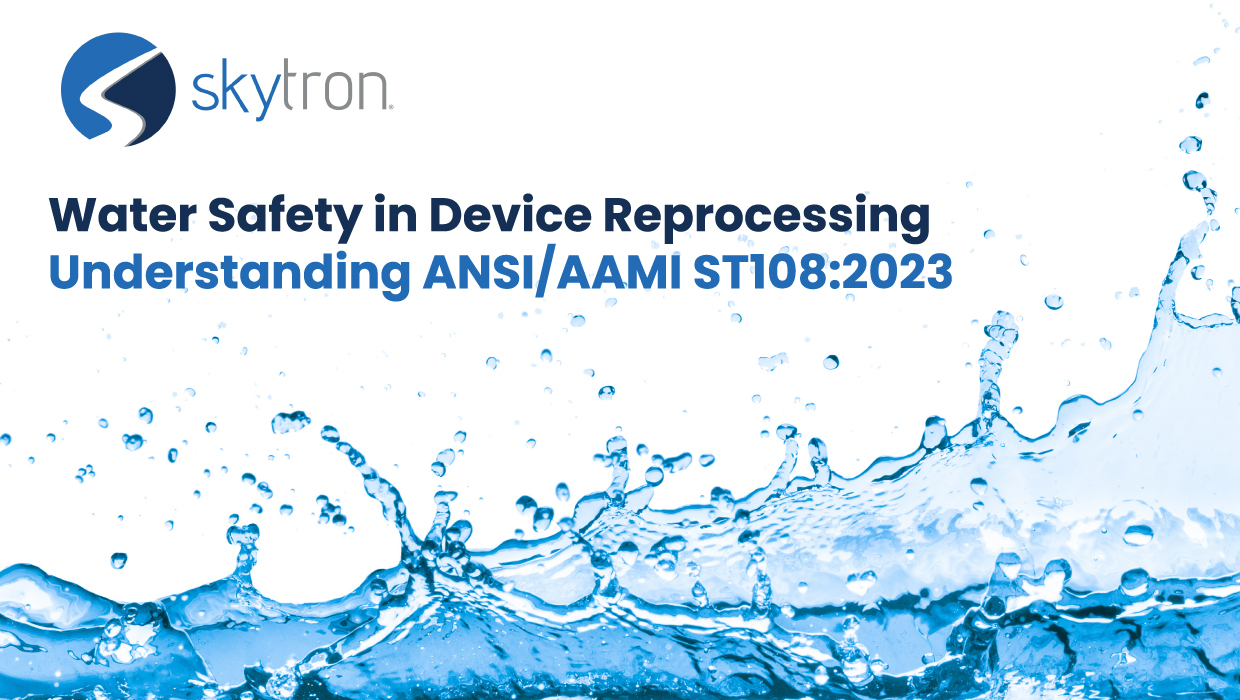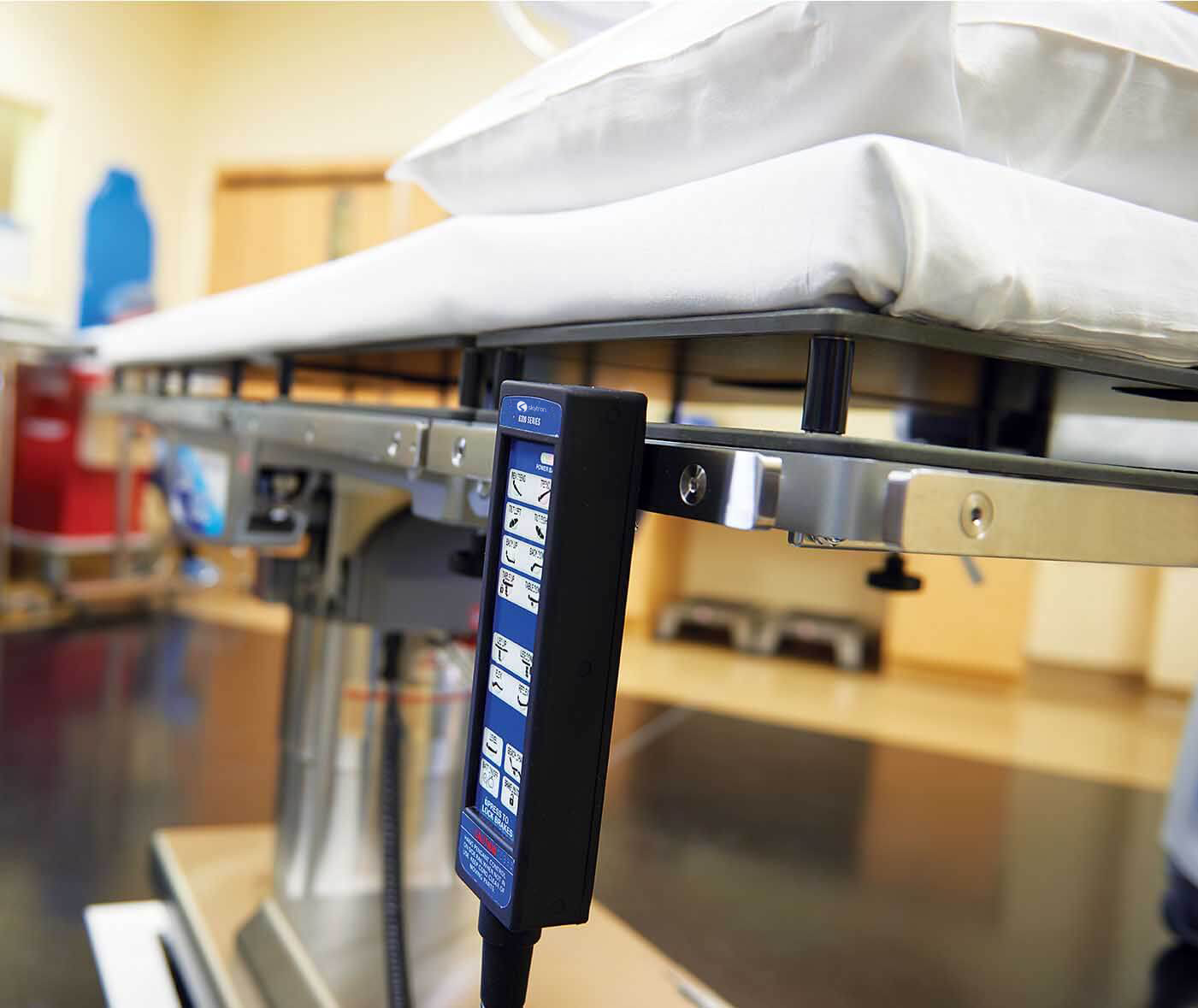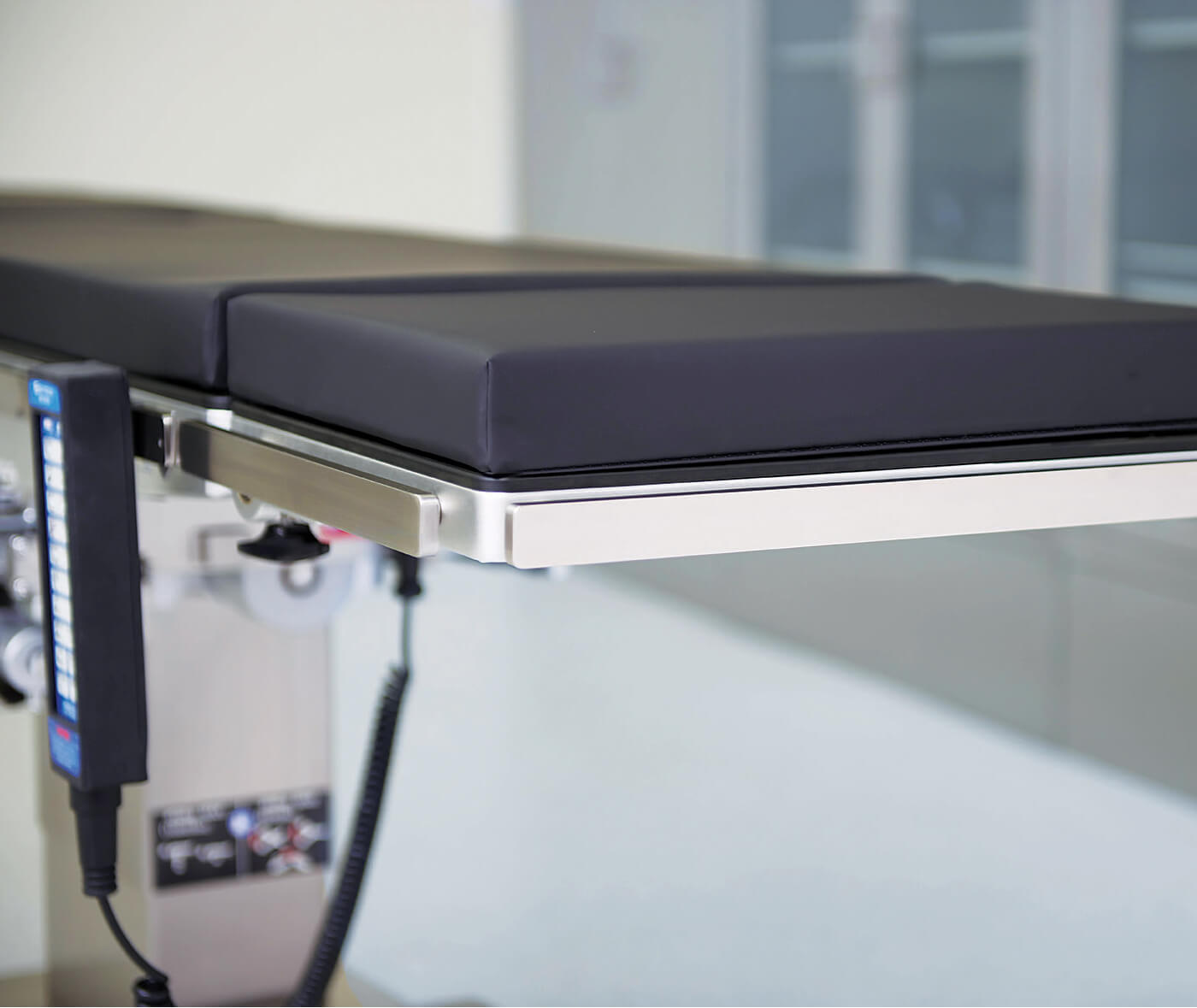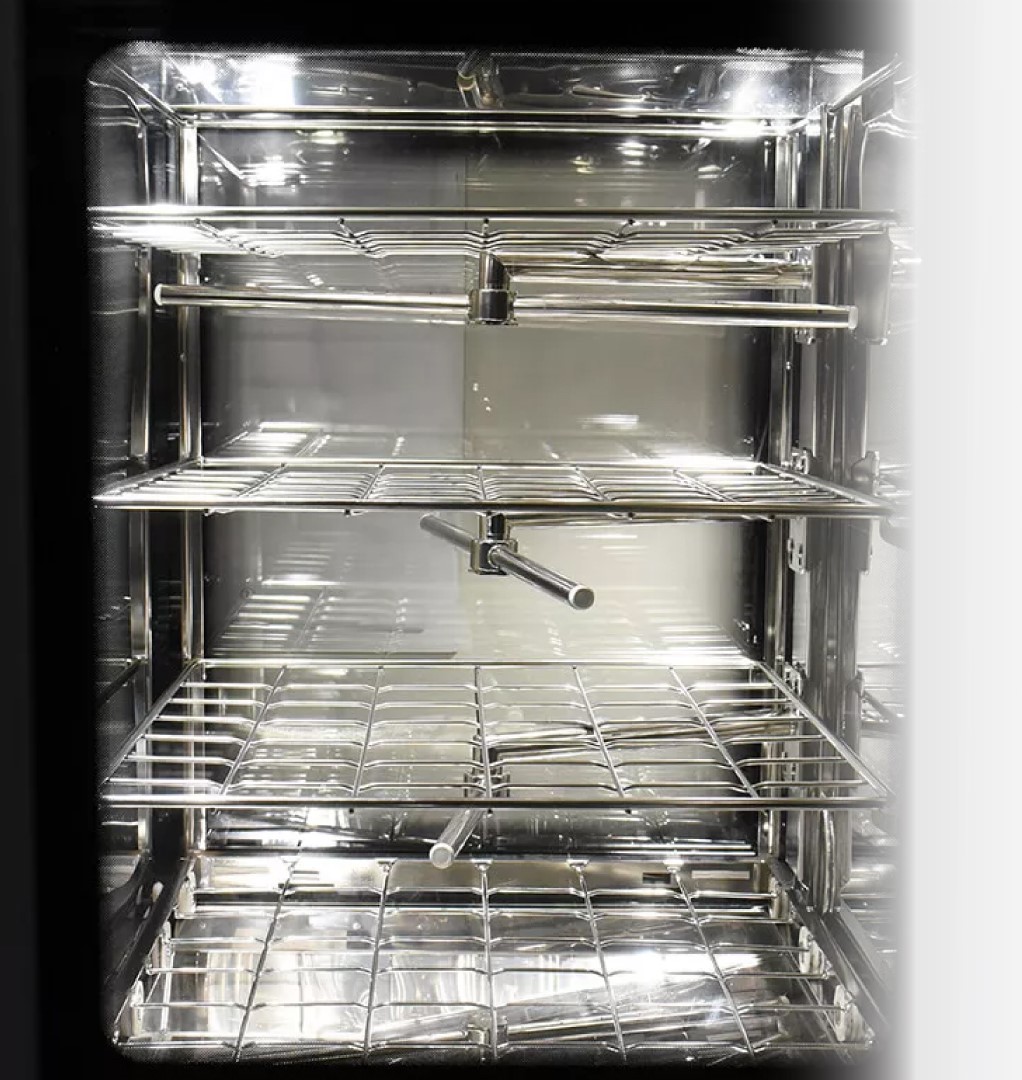
-
Written ByRebecca Kinney
-
PublishedApril 18, 2023
The threat of C. auris has not been forgotten and remains a concern for healthcare providers and public health officials around the world.
Understanding and Managing Candida auris in Healthcare Settings
The COVID-19 pandemic certainly captured much of our attention and resources globally since its emergence in late 2019. However, the emergence of other concerns, such as Candida auris (C. auris) as a severe public health factor, has not been forgotten. The pandemic may have increased awareness of the threat of C. auris, as healthcare facilities have had to implement more rigorous microorganism reduction and control measures to prevent the spread of COVID-19.
Overall, while the COVID-19 pandemic has understandably dominated public health discussions and efforts over the past few years, the threat of C. auris has not been forgotten and remains a concern for healthcare providers and public health officials around the world. That said, in this write-up, we want to dive into more details surrounding this fungus so that together we can elevate awareness, learn more about current threats in our healthcare environments, and explore opportunities to help minimize the threat from Candida Auris.
What is C. auris?
C. auris is a multidrug-resistant fungus that can cause severe illness in hospitalized patients, particularly those with weakened immune systems. C. auris is a type of yeast that can cause a range of problems. It is particularly concerning because it is resistant to multiple antifungal drugs, making it difficult to treat. Additionally, it can survive for long periods of time on surfaces in healthcare settings, contributing to its spread. While the pandemic may have temporarily diverted some resources and attention away from other public health issues, including C. auris, public health officials and researchers have continued to monitor and study the fungus and its potential impact.
History
The first documented case of C. auris was reported in Japan in 2009, but it was not until 2016 that the fungus gained widespread attention due to outbreaks in several countries.
Since 2016, outbreaks of C. auris have been reported in several countries, including the United States, the United Kingdom, India, and South Africa. The source of the fungus is not entirely clear, but it is thought to have originated in Asia.
Its emergence highlights the importance of microorganism control measures in healthcare settings and the need for continued research into new treatments for Candida Auris.
The killing of Candida auris by UVC: Importance of exposure time and distance
A documented study found that C auris can be effectively killed by UVC. However, the density of C auris, the time of UV‐C exposure, and the distance to the UV source strongly influenced the effectivity of UV‐C treatment. Time exposed to UVC and distance to the surface were the most critical factors.
“Altogether…findings demonstrate that, with a longer cycle time and at an optimised distance, C auris can successfully be decontaminated by UVC. Future studies in hospitals struggling with endemic C auris presence should further investigate the effect of UVC under routine conditions in clinical practice.”2
For the full and detailed clinical parameters, we highly recommend reading the full report from the National Library of Medicine, which can be found right here
Additional environmental disinfection methods to consider
C. auris persists on the surfaces in our facilities from multiple locations in patient rooms, including both high-touch surfaces, such as bedside tables and bedrails, and surfaces farther away from the patient, such as windowsills. C. auris has also been identified on mobile or reusable equipment shared between patients, such as glucometers, temperature probes, blood pressure cuffs, ultrasound machines, nursing carts, and crash carts.3
The CDC recommends the following for facilities:
- Perform thorough routine (at least daily) and terminal cleaning and disinfection of patients’ rooms and other areas where patients receive care.
- Training on which mobile and reusable equipment they are responsible for cleaning and how to clean the equipment properly.
- Follow all manufacturer’s directions for use of surface disinfectants, and apply the product for the correct contact time.
- Use of an Environmental Protection Agency (EPA)–registered hospital-grade disinfectant effective against C. auris.
- Use of “no touch” devices such as germicidal UV irradiation and vaporized hydrogen peroxide. If these methods are used, they should be used only as a supplement to standard cleaning and disinfection methods.
At Skytron, one way we help address safety is through the use of UV devices. We are proud to offer the most extensive choices of UV systems on the market. They fill the need of any environment by reducing microorganisms. With four models to choose from, we can meet every need and budget. Delivering more power and efficiency through effective, whole-room and device treatment can help ensure proper sanitation and increased staff workflow productivity and can help be an additional precaution used to help combat the spread of C. auris in our facilities today.
Learn more about our portfolio Skytron | UVC Light Disinfection Robots
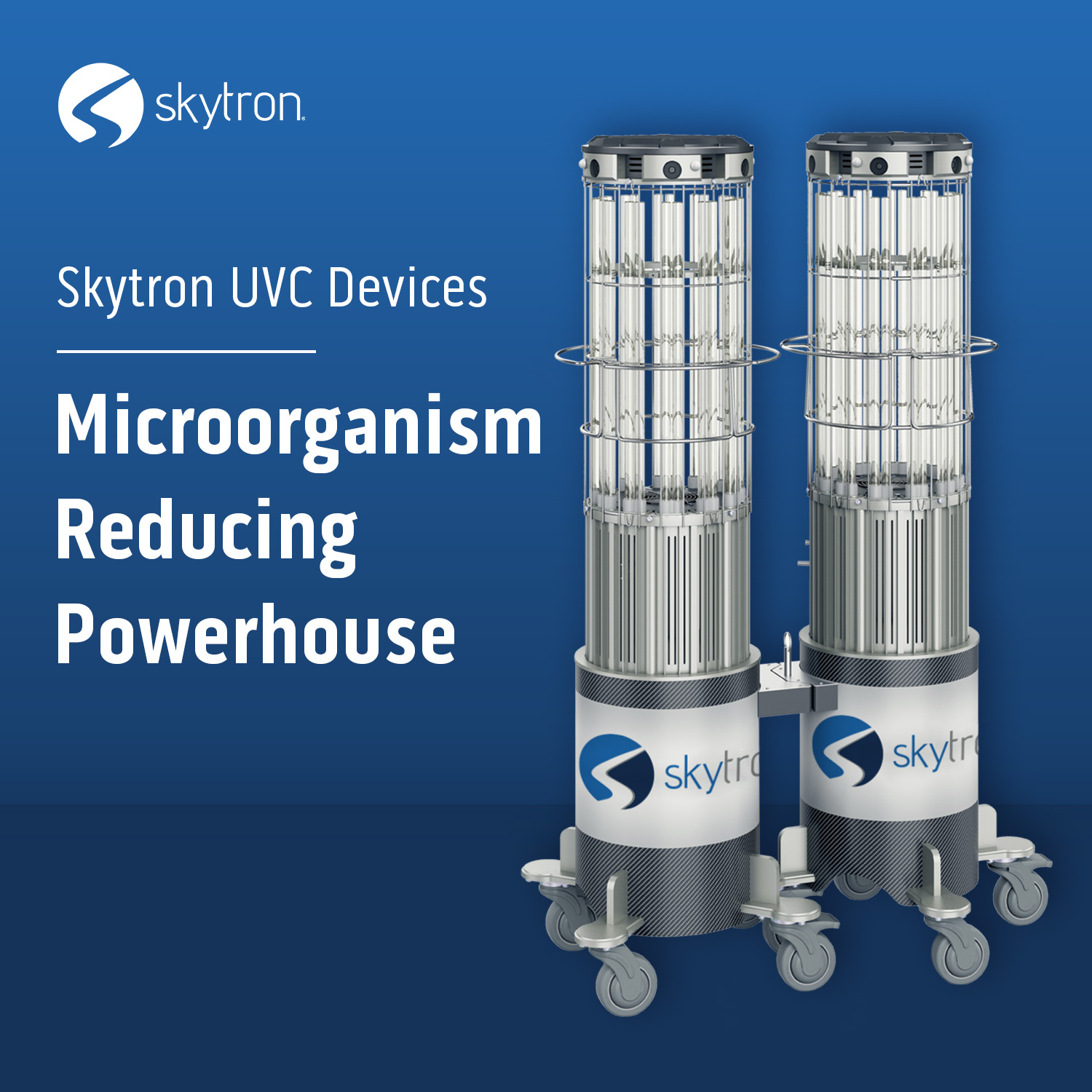
1. Centers for Disease Control and Prevention |“Candida auris is an emerging fungus that presents a serious global health threat”
2. National Library of Medicine | “Killing of Candida auris by UV‐C: Importance of exposure time and distance”
3. Centers for Disease Control and Prevention |“Infection Prevention and Control for Candida auris”



